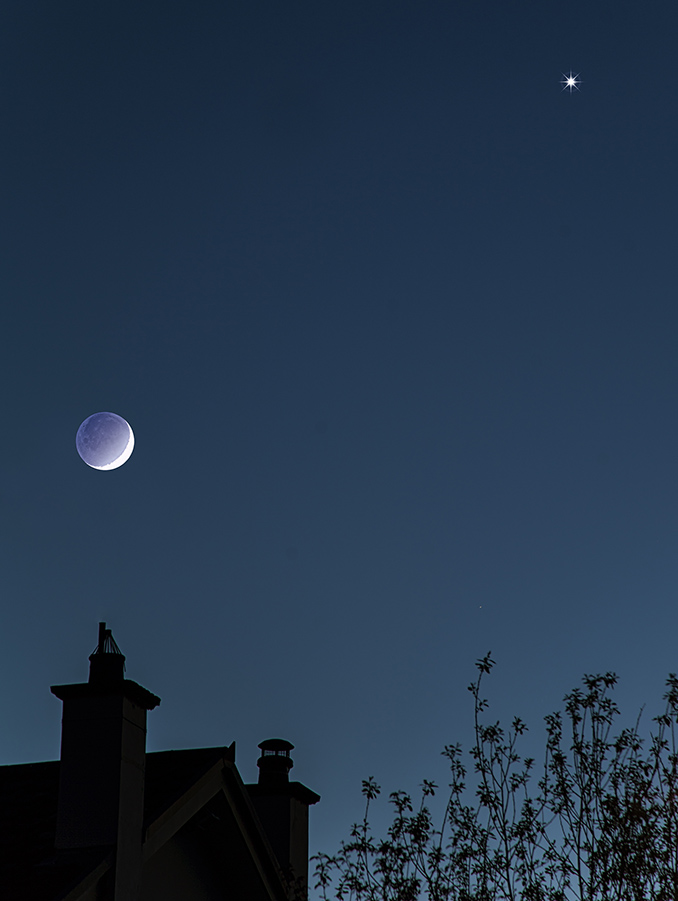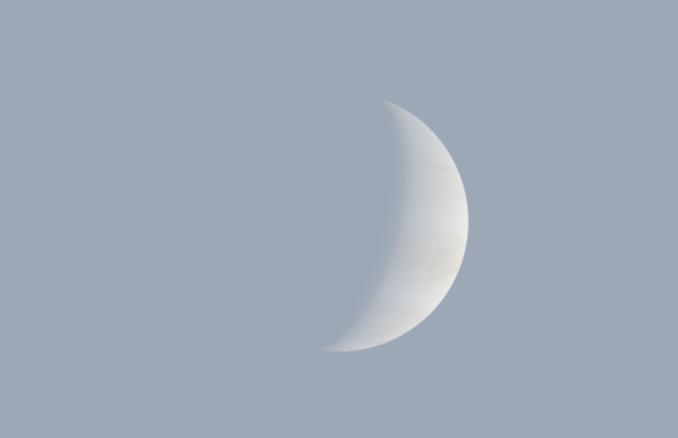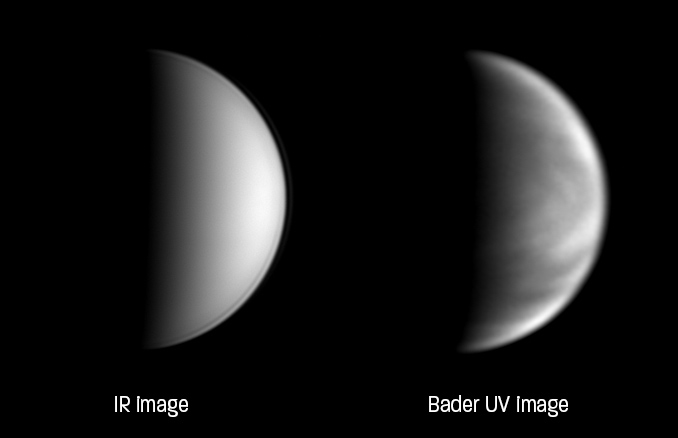
Venus has been blazing brilliant as an ‘evening star’ since around late May. Unfortunately, the Solar System’s brightest planet by far has served up a largely disappointing showing. We’ve not been able to enjoy the beautiful sight of Venus glittering against the backdrop of a darkening sky as it has stubbornly hugged the sunset horizon, a position which has also hindered opportunities to see it at all.
Venus has been gradually drawing east of the Sun since it passed through superior conjunction in late March. On 29 October Venus finally pulls out to greatest eastern elongation from the Sun, signalling a welcome gradual improvement in its visibility at this apparition (period of visibility), which coincides with a small but steady increase in its brightness. Observers across the UK though, especially town and city dwellers, will need to dodge trees and roof tops to find a suitably unobstructed horizon to view Venus.

On 29 October, Venus shines at magnitude –4.4 and lies almost nine degrees above the south-south-western horizon at sunset from London (which occurs at about 5.38pm BST). A small telescope should clearly show Venus’ ‘first-quarter’ phase in moments of less destructive seeing. Remember, be absolutely sure the Sun has set at your location before attempting to observe the planet.

By the end of civil twilight at about 6.12pm (when the Sun dips more than six degrees below the horizon), Venus has dipped to an elevation of around six degrees. Venus will appear lower in the sky for an equivalent degree of twilight the further north you live; from Edinburgh, the planet is around five degrees up at sunset.

There’s a decent photo opportunity when a young crescent Moon comes-a-calling across the early evenings of 7 and 8 November.
Venus is on show as a brilliant ‘evening star’ through almost to the end of 2021 (it passes through inferior conjunction in early January 2022). At mid November, it shines at magnitude –4.6 and sits just over 10 degrees high in the south-south-west at sunset from London at 4.10pm GMT. Sunset occurs at 4pm in Edinburgh, with Venus around seven degrees high. By the end of November, Venus dazzles at magnitude –4.7 and at sunset is higher in the sky by just over two degrees across the UK.
A telescope now shows Venus’ substantial crescent phase of around 39 per cent, which will continue to gradually slim down as the planet draws closer to the Sun.
